If you're concerned about a disruptor knocking on your door, start thinking about new business models for your digital offering.
Applying Business Model Innovation in Digital Transformation
With the proliferation of startups disrupting one industry after another, many well-established companies feel the threat of competitors with new business models. A 2015 PwC survey shows 54% of CEOs are concerned about new competitors and the same amount had begun to explore nontraditional markets themselves. Business model innovation is one key way to enter new markets or find value in existing ones.
We think of such brands as Uber, amazon, AirBnB and Google when thinking about winning with new business models. It’s one thing to formulate a new company based upon a business model innovation, which is a typical startup scenario and it’s another for an existing, traditional organization to use business model innovation to maintain market share and expand.

Consider Mercedes launching the Car2Go car sharing service or Sephora’s innovative consumer apps.
Since business models are often the key to creating exceptional value in the digital transformation process, it’s worth having a look at the process. The models themselves do not necessarily demand new technology or markets, but is frequently about finding a new or better way to deliver existing producst or services to existing markets – think Warby Parker, Rent-the-Runway, WeWork, Netflix.
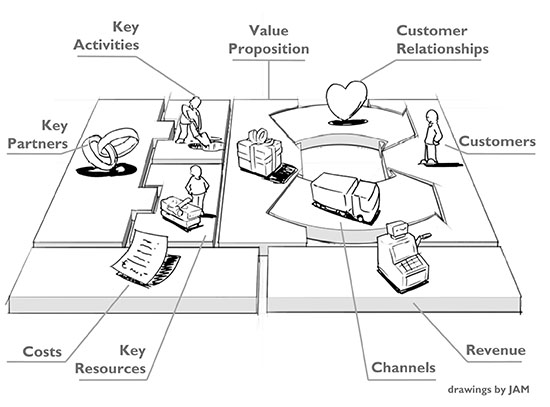
Business model canvasses are an excellent way to start ideating. They are a visual way to represent the business processes involved in the model and lead you to think through the issues that will fulfill each component that makes up the complete business cycle. One of the better-known examples of this is the Skype business model canvas.
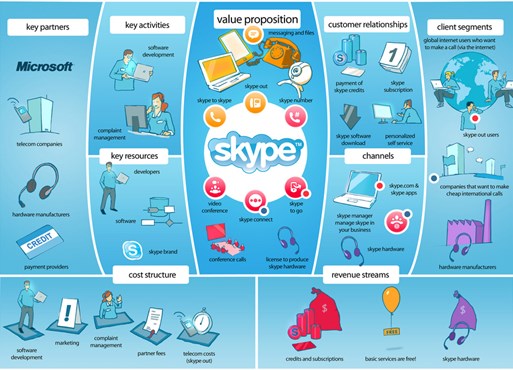
These canvasses appear simplistic, but it requires quite a lot of thinking to answer all the questions posed by the canvas. This approach works best for a new startup that does not have the constraints of an existing business or infrastructure to deal with.
Business Model Development, Harvard B-School Style
A more studious approach is taught at the Harvard business school by Jobs To Be Done inventor Clayton Christensen and others, that reveals the four key drivers of the business model and their interdependencies, as presented by MIT/Sloan:
(1) value proposition for customers
(2) resources, such as people, money, and technology
(3) processes to convert inputs to finished products or services
(4) the profit formula that dictates the margins, asset velocity, and scale required to achieve an attractive return. The arrows show the interdependencies required to integrate and ensure the harmonious blending of the components.
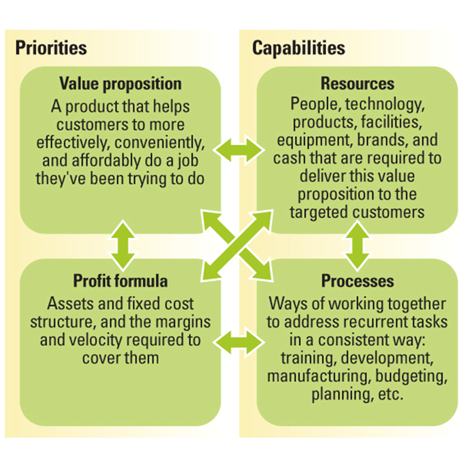
This model shows what organizations both can and can’t do. A luxury, high-priced brand is probably not set up to profitably deliver low cost goods quickly, and a cheap, fast food chain is probably not able to sell their food in a more luxurious restaurant at higher prices.
As MIT/Sloan describes it, The Harvard model is explained over time, with what they describe as the three stages of the business model journey. Established companies that create new business models typically launch that model within the context of a new business or operating unit. Similar to a startup, the new unit needs to form, innovate, iterate and figure out how to capture consumer interest and market share. Eventually it shifts over to sustaining its innovation, improving processes and growing, until it gets to the point where seeking efficiencies and return on investment are the guiding drivers.
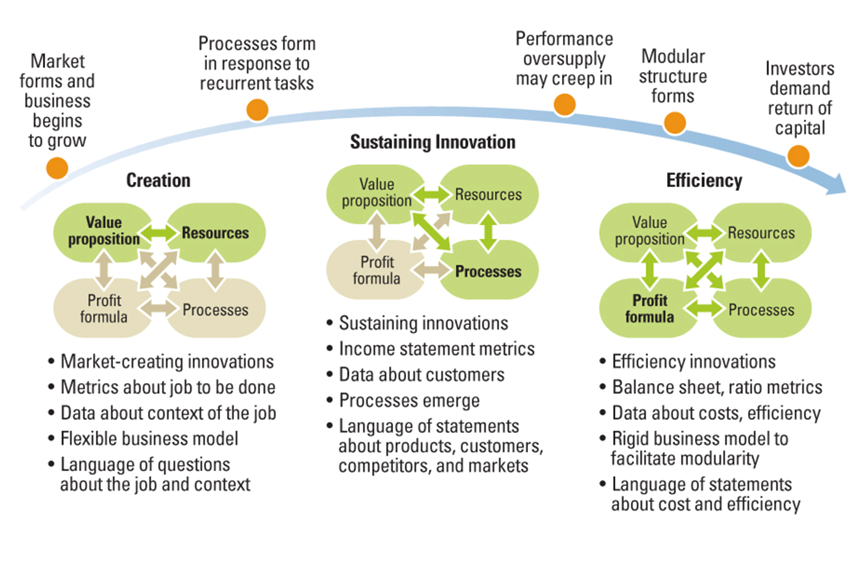
In the first stage, getting the value proposition right and solving the customer pain point, or figuring out the consumers’ job to do, is the main focus. With that, a user experience and product offering can be created to satisfy the main objective of acquiring and satisfying customers. In this phase, it’s all about the customer journey and answering the myriad questions a startup unit needs to ask of itself.
Sustaining innovation is about building processes that allow the business model to scale and finding ways to improve financial performance and key metrics.
In the final stage, a business model seeks efficiencies in labor cost, product or service optimizations, replacing and adding products. If the first phase is risk and discovery, the final phase is minimizing risk, profit taking and serving the interests of the investors over the customers – which is exactly where a new startup comes in and disrupts with its newer and better business model to lure away the under-served customers.
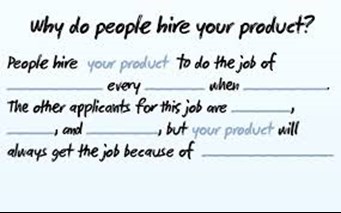
When thinking about applying a new business model in the context of an existing business engaged in a transformation to digital commerce, the first thing to think about is whether the consumers job to be done is the same or different from that of the existing job? If yes, extend the business unit with the digital offering, if not, it will be very hard to launch the digital enterprise on the back of business unit that does not share the same purpose. You may also not be certain about the size of the opportunity, or how well the new product or service will monetize and scale until a pilot is launched and tested.
The bottom line in the development of business models is to align the customers job to be done within a business unit that can focus all its effort on that value proposition. It may seem to be more costly and risky to create a new operating unit, but if the initial small team can focus on exploring the new business model, value proposition and customerpain point, then it has a much better chance of succeeding than being mixed up with an existing business unit that needs to protect its profits from other activities.
You can take our Digital Opportunity Survey Here and find out how we can help you transform now.



